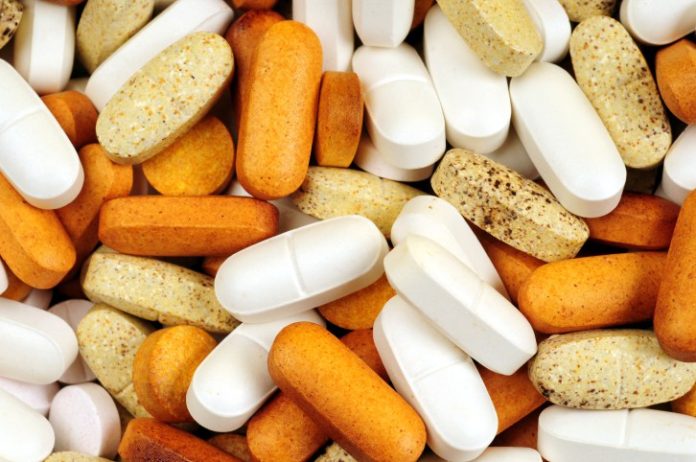Many older adults are deficient in some areas nutritionally and here is where vitamins can be introduced to help a body function the way it should. Each vitamin performs a different job and what they do can run-the-gamut from boosting a body’s immunity, to providing energy, to helping blood clot properly.
If people follow the Dietary Guidelines for Americans developed by the U.S. Department of Health and Human Services and the USDA, and eat a diet that’s balanced and packed with good stuff nutritionally, then most of the required vitamins needed, will come from food. As folks age, a doctor might recommend, however, additional vitamins, as well as calcium and minerals but it is always best to get fuel from good foods than from pills.
Here’s a little factoid, most older adults do not need a complete multivitamin supplement or mineral if they’re eating right. However, if eating habits are not the best and food choices are way below the recommended U.S. food guidelines for healthy eating, then supplementation might be the next best way to go.
According to the National Institute on Aging people over 50 should be meeting the following vitamins and minerals requirements:
| Vitamin D | If you are age 50–70, you need at least 600 IU, but not more than 4,000 IU. If you are age 70 and older, you need at least 800 IU, but not more than 4,000 IU. You can get vitamin D from fatty fish, fish-liver oils, fortified milk and milk products, and fortified cereals. |
| Vitamin B6 | Men need 1.7 mg every day. Women need 1.5 mg every day. You can get vitamin B6 from fortified cereals, whole grains, organ meats like liver, and fortified soy-based meat substitutes. |
| Vitamin B12 | You need 2.4 mcg every day. Some people over age 50 have trouble absorbing the vitamin B12 found naturally in foods, so make sure you get enough of the supplement form of this vitamin, such as from fortified foods. You can get vitamin B12 from fortified cereals, meat, fish, poultry, and milk. |
| Folate | You need 400 mcg each day. Folic acid is the form used to fortify grain products or added to dietary supplements. You can get folate from dark-green leafy vegetables like spinach, beans and peas, fruit like oranges and orange juice, and folic acid from fortified flour and fortified cereals. |
Since getting older can result in bone loss, calcium is also a mineral that is direly necessary for bones and teeth. Calcium can be obtained from milk, milk products, dark leafy greens like collards or kale, canned sardines, salmon with bones, and fortified juices/products. Women age 51 and over require 1,200 mg per day and men in the same age group need 1,000 mg per day. Men, age 71 and over, need more of the supplement so their calcium gets boosted to 1,200 mg per day.
According to doctors and nutritionists, many chronic diseases are related to poor quality eating patterns, the Dietary Guidelines provide information that helps Americans make healthy choices for themselves and their families. If you are unsure of your eating habits and feel you lack the necessary vitamins and minerals in your diet that can help keep you healthy and strong, refer to the guidelines.
For more info and to review the Dietary Guidelines: https://health.gov/dietaryguidelines/2015/guidelines/












[…] reduction in colon, esophageal, liver, lung, tongue, and skin cancers in studies. High in vitamin C and anthocyanins, red raspberries work as antioxidants that protect against heart disease and […]